A handful of features you should use in Google Calendar
Google Calendar helps you plan your day, week, month or year. You can easily create video call meetings and book rooms and resources while keeping the rest of your team in the loop with your goings-on.
Here are a handful of features our clients use to be more productive with Google Calendar.
Appointment Schedules
Now, if you are using Calendy or another appointment scheduling software, you can save yourself some money and ditch those products. Since 2023, Google Calendar has let you set up and share your appointment scheduling, making it easy for someone to book a meeting with you based on your availability. It works just like the other software you may have been using, but it is tighter integrated with Google Calendar and included in your Google Workspace subscription - so you might as well use it.
Daily Agenda
Daily Agenda is a hidden feature in Google Calendar. When you have it turned on, you'll get an email each day at 5am laying out your schedule for the day. It is very handy if you want a quick overview of your day. I have it turned on as having a brief for the day with what I have scheduled for the day means I am less likely to forget.
Travel Times
When booking an event requiring travel, most people forget to include the travel time needed to get to the event. In Google Calendar, it is possible to get travel time factored in and automatically added to your calendar. This video will show you how to include travel times with events.
View All Your Tasks
Recently, Google added a new full-screen Tasks view to Google Calendar. You'll see the toggle in the top right of Google Calender on desktop. Flick this toggle, and you will see a page listing all your Google Tasks, making it easier to manage existing tasks and edit or create new Tasks in one place.
World Clock
Many of our clients, including ourselves, have customers and partners in different time zones. The World Clock setting in Google Calendar lets you see multiple timezones, and when you go to create an event, it will update and show you the local start time, making it easier for you to find a sensible start time for all.
Bonus Feature: Speedy Meetings
It typically takes between 5 and 10 minutes after the start of a physical meeting to get everyone discussing the topic of a meeting. With speedy meetings enabled, 30-minute meetings end 5 minutes early, and longer meetings 10 minutes early. Speedy Meetings aim to reduce pleasantries at the start of the meeting and get to the topic under discussion so that the meeting takes less time.


